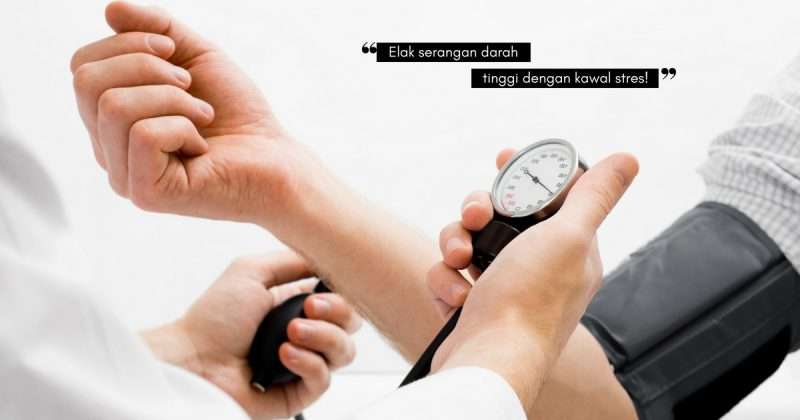A lack of sleep, poor eating habits, and not enough exercise are a recipe for depression among college students. The stress that comes with academia — including financial worries, pressure to get a good job after school, and failed relationships — is enough to force some students to leave college or worse.
The risks and consequences of depression among college students
Many factors of college life contribute to risk factors of depression. Many students are unprepared for university life. Today’s students face high debt. They also have fewer job prospects after graduation than previous generations. These added concerns can lead to depressive episodes in college students.
Depressed students are at a greater risk of developing problems such as substance abuse. Depressed college students are more likely to binge drink, smoke marijuana, and participate in risky sexual behaviors to cope with emotional pain than are their nondepressed peers.
The problem with young love
Often, a breakup will precipitate a bout of depressive feelings. Risks of depression related to a breakup include intrusive thoughts, difficulty controlling those thoughts, and trouble sleeping. As many as 43 percent of students experience insomnia in the months following a breakup. Students that are most likely to become distressed after a breakup experienced neglect or abuse during childhood, had an insecure attachment style, felt more betrayed, and were more unprepared for the breakup.
Fortunately, the best therapy for depression precipitated by a breakup is time. Cognitive behavioral therapy, interpersonal therapy, and, especially, complicated grief therapy also have high success rates for helping to heal a broken heart.
Suicide and college students
In the United States, suicide is the second leading cause of death among people aged 15–34 years. Among young adults aged 18–25 years, 8.3 percent have had serious thoughts of suicide.
Depression is the biggest risk factor for suicidal youth. Other risk factors include:
- substance abuse
- a family history of depression and mental illness
- a prior suicide attempt
- stressful life events
- access to guns
- exposure to other students who have died as a result of suicide
- self-harming behaviors such as burning or cutting
Diagnosing and treating depression in college students
College is a stressful environment for most young people, therefore it’s especially important for parents, friends, faculty, and counselors to get involved if they suspect a student is suffering from depression.
Students themselves are often reluctant to seek help due to social stigmas related to depression. A mental health evaluation that encompasses a student’s developmental and family history, school performance, and any self-injurious behaviors should be performed to evaluate at-risk students before a treatment plan is made.
The best treatments for college-aged students with depression are usually a combination of antidepressant medications and talk therapies such as cognitive behavioral therapy and interpersonal psychotherapy. Depressed students are also more likely to benefit from exercise, eating a healthy diet, and getting enough rest than many other groups.
Entering or returning to college is an exciting time for young adults. Students and parents hope for experiences to last a lifetime. For many students, the years at college are a time of discovery and growth.
But depression and anxiety may get in the way.
Since the start of the COVID-19 pandemic, rates of anxiety and depression among college students have increased substantially. A recent study found that 1 in 3 college students experiences significant depression and anxiety.
For parents and students, being aware of the risk factors and symptoms can help with the early identification and treatment of depression.
Depression and anxiety
Symptoms of depression and anxiety can include:
- Difficulty with schoolwork
- Loss of interest in activities, such as clubs, sports or other social commitments
- Changes in eating or sleeping patterns
- Emotional outbursts, such as tearfulness or anger
- Sense of being overwhelmed
- Panic
- Faulty self-assessments
- Lack of energy
- Thoughts of suicide or self-harm
Up to 44% of college students reported having symptoms of depression and anxiety.
Why are young adults struggling?
Although the problems facing college students are complex, they have increased societal pressure to achieve success while not being equipped with necessary life skills.
Young adults are increasingly faced with negotiating “America’s culture of hyperachievement” and “the pressure to be effortlessly perfect,” according to Julie Scelfco, writing for The New York Times.
The rising cost of education places additional stress on students and their families. Youth are being pushed to their limits as early as elementary school. As a result, their mental health and well-being are suffering.
In my practice, many middle and high school students have schedules rivaling top corporate executives, with an average day beginning at 6 a.m. and ending past 10 p.m. This demanding schedule leaves many sleep-deprived with little time to develop basic independent living skills, such as doing laundry, cooking meals, being an employee, managing money, and accessing services to meet their needs ― all while figuring out “Who am I?”
These skill deficits compound as young adults go to college and face relationship challenges, heavy class schedules and, for some, living separately from parents for the first time.
Getting a leg up on children’s mental health starts years before leaving for college. Helping children find a balance between achievement and the many demands they face begins at home.
As a therapist, I have concern for adolescents who believe they should be a top athlete in three sports, get straight As and successfully work a part-time job. Teaching children to give 100% at all times in all areas of life is unrealistic.
Here are tips for parents and children before college:
- Set a realistic view of the educational big picture.
- Build independent living skills at a young age. Online resources are available to find age-appropriate chores for children to help you start the process.
- Protect downtime or unstructured time for middle and high school students. This is when students start to explore who they are.
Parents should manage their fears for their children’s future.
What are risk factors for college students?
Unfortunately, as many as 75% of students who struggle with depression and anxiety are reluctant to seek help. This increases the risk of harmful outcomes, such as dropping out of college, poor academic performance, suicide and substance abuse.
Here are some situations or risk factors that could trigger a bout of depression or anxiety for college students:
- Relationship breakup
- Sexual assault
- Peer relationship difficulties
- Sexual identity adjustment difficulties
- Drug or alcohol use
- Family history of depression
- Stressful life events
- Comparison of academic, athletic or social performance to one’s peers
- Fears of disappointing parents because of grades or career path choice
Students at highest risk for depression and anxiety are:
- Low-income students
- Students of color
- Female students
- Students who identify as LGBTQ
- Students who are caregivers for children or other adults
What are the warning signs of suicide?
Young people with a mental health diagnosis, including depression, are five times more likely to attempt suicide than adults. Four out of 5 college students who consider or attempt suicide have shown clear warning signs before the attempt.
Warning signs for suicide include:
- Ignoring class work or skipping classes
- Withdrawing from friends and wanting to be left alone
- Giving away possessions
- Talking about suicide
- Doing risky or self-destructive things, such as using drugs or driving recklessly
- Increasing use of alcohol or drugs
- Saying goodbye to people as if they won’t be seeing them again
This is not an exhaustive list. Be alert to behavior and personality changes that can provide clues into a student’s state of well-being.
What can parents do to help students?
Parents often worry that talking about the signs and symptoms of anxiety and depression can be obtrusive or poorly received by their young adult. This is when parents try to let their child find their own way. But it is imperative to have a conversation about concerns.
Be direct with your child. Give examples of symptoms you have noticed and explain why these examples worry you. Be patient, calm and empathetic in your communication.
Students often believe they are to blame for their mental health concerns, which can lead to defensiveness or shutting down. Help your student understand many young adults experience depression and anxiety to reduce the stigma.
If you have concerns, it’s important to ask if your young adult is thinking about suicide or harming themselves. This will not put the idea in their head. If your student is expressing thoughts about suicide, you must seek immediate medical attention.
Many universities have mental health services on campus. Your child’s primary care provider has resources and can provide a referral to behavioral health services. Parents and students should have hope, as many effective treatments for anxiety and depression exist.
Reese Druckenmiller is a clinical social worker in Psychiatry & Psychology in Albert Lea, Minnesota.



